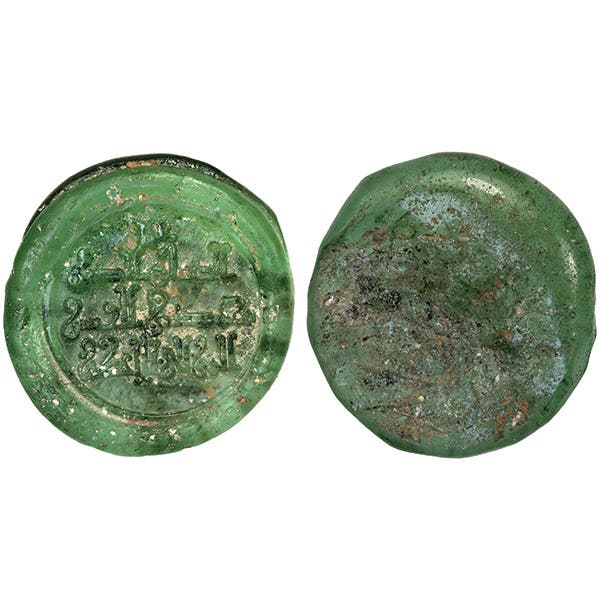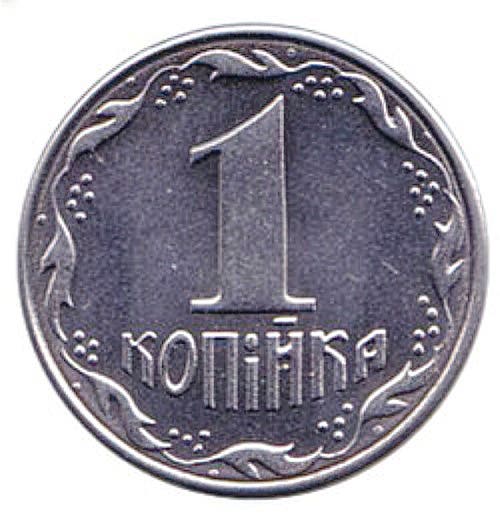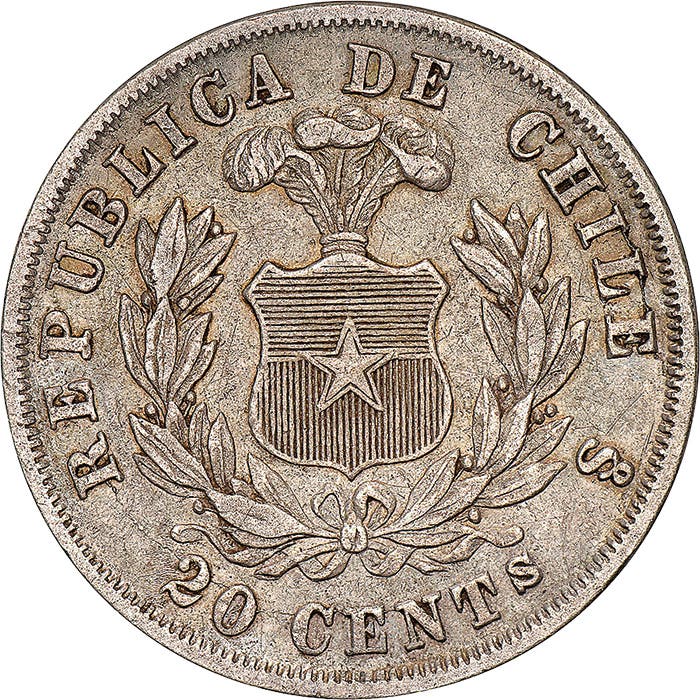Money Made from Mutilated Currency
Australia’s demonetized mutilated currency found its way back into circulation as counterfeits.
Mutilated money can be coins or bank notes. In either case, the damaged cash is removed from circulation and, in the case of bank notes, is typically burned. Coins are often treated as scrap metal but may be recycled to mint new coinage.
In Australia, mutilated money is treated as no longer being legal tender. As such, once the coins have been scrapped, it is possible someone might be able to obtain those coins merely as metal at scrap metal prices. Normally a mint would likely forge the metal into strips from which new coinage blanks can be punched. Those blanks would be what the August 17 Daily Mail newspaper called “topped and tailed.”
During mid-August, two individuals were arrested in Sydney, Australia, for laundering about $1 million in mutilated $1 and $2 Australian coins that had not been melted but had been exported, then imported back into Australia to be redeemed for legal tender currency at Smart ATMs. Due to being mutilated, these coins would have been considered demonetized. How they escaped the Royal Australian Mint melting pot has yet to be explained.
A Smart ATM can service consumers as easily as a bank employee. This type of ATM can open an account, accept cash and check deposits, and transfer funds to other financial institutions.
You may also like: Australia's Most Recognized Building in Your Hand
According to Strike Force Gidding police, the coins were allegedly being laundered by being deposited at Smart ATMs throughout Sydney, the value of this money being deposited into several bank accounts, then sent offshore.
Organized Crime Squad Commander Detective Superintendent Peter Faux said, “The alleged actions of this group demonstrate the elaborate ways offshore syndicates are attempting to infiltrate our country and extort our financial system.”
Faux continued, “This syndicate attempted to avoid detection by going to various different ATMs in Sydney and depositing varying amounts of [mutilated] cash on a daily basis,” adding, “We do not believe the coins are counterfeit, however, believe they are not legal tender. We will continue to work with our partners, including the Royal Australian Mint, to determine the extent of this syndicate’s reach.”
Australia is only one of many countries that demonetize their mutilated money. According to the Monetary Authority of Singapore, “Under the Currency Act, mutilated notes and coins command no value. No person is entitled to recover from MAS the value of any mutilated note or coin. Merchants may also refuse to accept mutilated notes or coins. MAS may, out of goodwill and at its absolute discretion, award value for a mutilated currency note or coin, provided there is no evidence suggesting that the note or coin has been willfully or deliberately mutilated.”
The U.S. Mint resumed its Mutilated Coin Redemption Program in January 2017 after a three-year suspension resulting from litigation against at least one company. The MCRP will exchange mutilated coins at face value. However, it can be a problem that some clients redeem large quantities recovered from scrapping, vehicle recycling, and car shredding operations overseas. Such large volumes could include counterfeit mutilated coins that would be challenging to identify as such.
According to the United States Federal Reserve FRB Services, “Bent or partial coin is coin that has been bent or twisted out of shape, punched, clipped, plugged, fused, or defaced, but that can be identified as to genuineness and denomination. Bent or partial coin is not redeemable at face value; it is redeemable only at its bullion (metal) value as established by the Director of the U.S. Mint.”
The FRB statement continues, “The Federal Reserve does not accept deposits of bent or partial coin. Bent or partial coin must be sent to the U.S. Mint. You must complete a mutilated coin submission application prior to shipping the coin.”
Australian-Israeli entrepreneur Ronnie Shahar has had numerous run-ins with central banks “walling away from their obligations to honor legal tender.” Since 1989, Shahar has been traveling Asia collecting rusty coins and severely worn bank notes from temples, scrap metal dealers, and pawn shops that have locked him in legal battles, including with the United States and with Great Britain.
In 2018 Shahar said, “‘Australia was the first country to block it [redemption of mutilated coins], because [the Australian] Treasury didn’t want to pay, so they were looking for a way out.”
Shahar continued, “‘I’ve made money and I’ve lost money. Governments over the last few years are becoming dishonest, they don’t want to pay. America is one example. What they put me through is unbelievable.”
You may also like: Australia Bank Note to Drop Monarch









